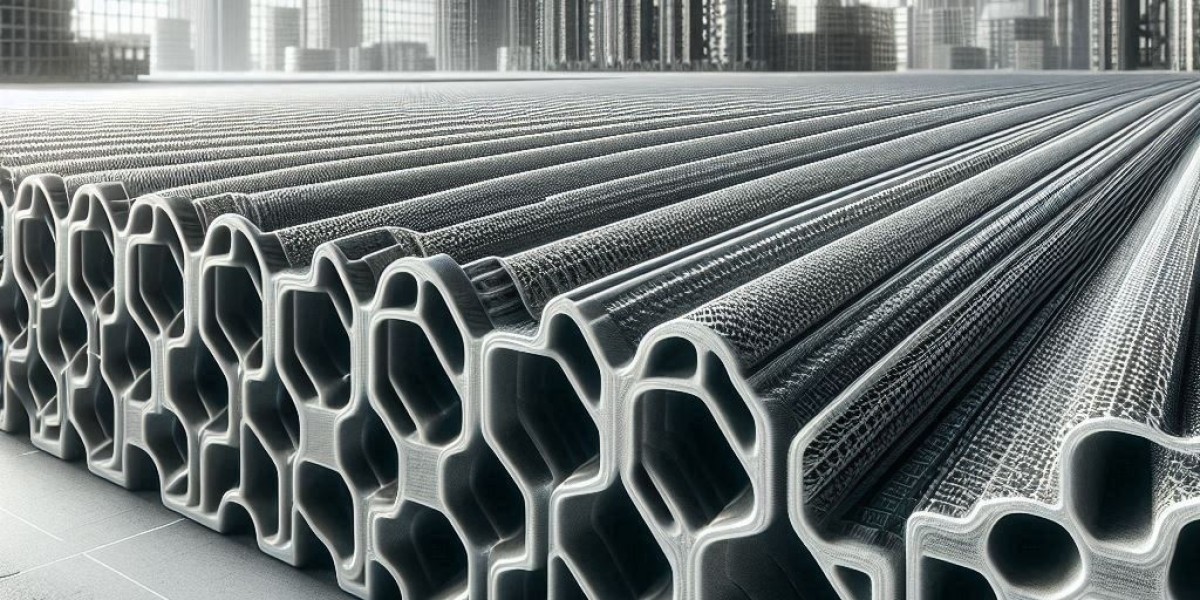The science behind manufacturing FRP pultruded grating lies in the precision-engineered pultrusion process, which combines materials science and mechanical engineering to produce high-strength, corrosion-resistant structures. The process begins with continuous fiberglass rovings and mats being pulled through a resin bath—typically polyester, vinyl ester, or epoxy—to ensure thorough saturation. This resin-impregnated reinforcement is then pulled through a heated steel die, where it undergoes polymerization and curing to form rigid, uniformly shaped grating profiles. The controlled alignment of glass fibers provides unidirectional strength, while additives like fire retardants or UV stabilizers enhance performance in specific environments. The result is a lightweight yet highly durable product tailored for structural applications in chemically aggressive or moisture-prone industries.
How FRP pultruded grating manufacturers ensure quality control?
FRP pultruded grating manufacturers ensure quality control through a combination of rigorous material selection, standardized production protocols, and comprehensive testing procedures. The process starts with the use of high-grade raw materials—such as corrosion-resistant fiberglass and premium resins—to ensure strength and longevity. During manufacturing, automated pultrusion machines maintain consistent fiber alignment and resin saturation, reducing defects and variations. Manufacturers conduct in-process inspections and post-production testing for parameters like load-bearing capacity, fire resistance, dimensional accuracy, and chemical resistance. Many also adhere to international standards such as ASTM, ISO, or OSHA, and maintain certification records to guarantee compliance. Regular audits, traceability systems, and customer feedback loops further reinforce a commitment to delivering safe, reliable, and performance-driven grating solutions.
Factors to consider while buying FRP pultruded grating
When buying FRP pultruded grating, several key factors must be considered to ensure optimal performance and value. Start by evaluating the application environment—such as exposure to chemicals, UV radiation, or moisture—to choose the right resin system (e.g., vinyl ester for high corrosion resistance). Load-bearing requirements are also critical, so assess panel thickness, span, and bar configuration accordingly. Consider slip resistance, fire retardancy, and electrical conductivity if safety is a priority in your industry. Verify that the grating meets relevant standards like ASTM or ISO and request quality certifications from the manufacturer. Additionally, check for customization options, lead times, and after-sales support to ensure the product fits both technical and operational needs.
Tips for finding right FRP pultruded grating manufacturers
Finding the right FRP pultruded grating manufacturer requires careful evaluation of both product quality and service reliability. Start by researching manufacturers with a proven track record in your industry and verify their certifications such as ISO, ASTM, or OSHA compliance. Look for companies that use high-grade raw materials and advanced pultrusion technology to ensure consistent strength, durability, and corrosion resistance. Ask for sample products, technical datasheets, and client references to assess performance. Also, consider their ability to offer customization, timely delivery, and responsive customer support. Choosing a manufacturer with transparent practices and strong quality control processes will ensure long-term value and safety in your projects.
Conclusion
In conclusion, the science behind manufacturing FRP pultruded grating reflects a highly controlled and technically advanced process that merges material chemistry with mechanical precision. By aligning fiberglass reinforcements and saturating them with engineered resins before curing them through heated dies, manufacturers are able to produce gratings with exceptional strength, dimensional accuracy, and resistance to harsh environments. This systematic approach, enhanced by performance additives, ensures the final product meets the demanding needs of industrial, marine, and chemical applications—making FRP pultruded gratings a reliable and innovative solution for modern infrastructure.






